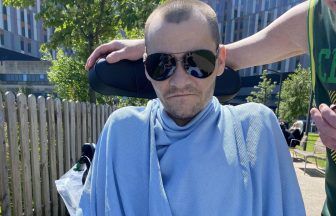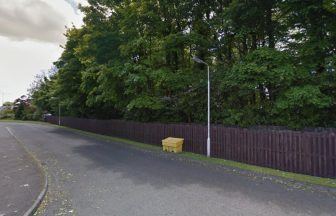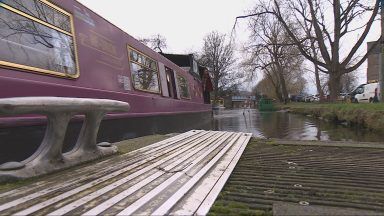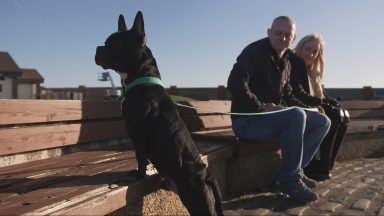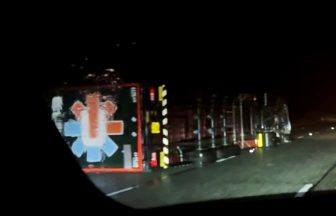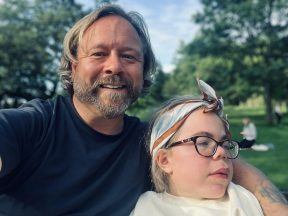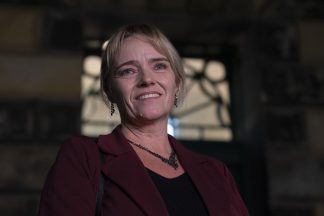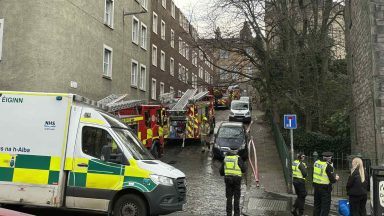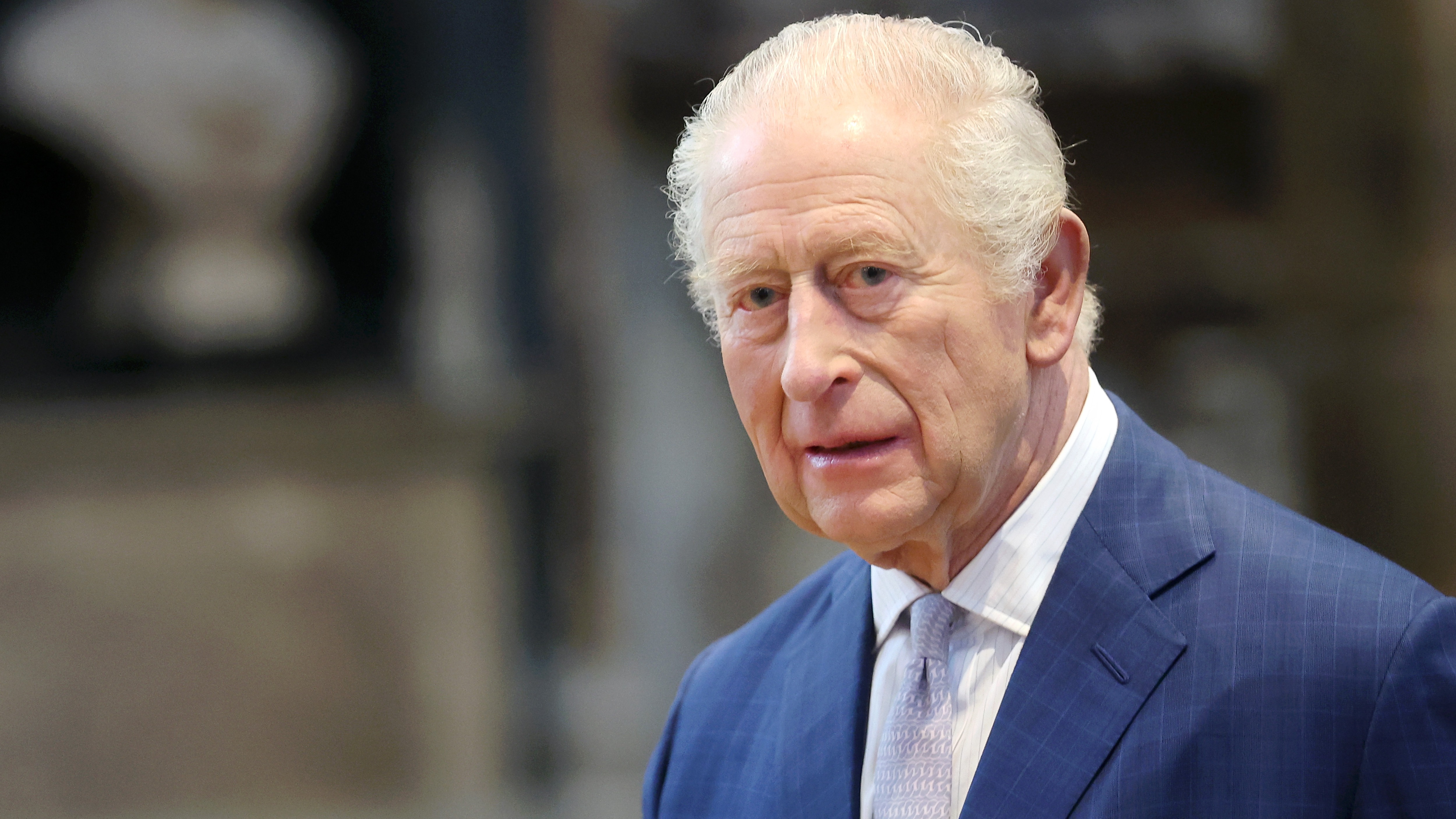A West Lothian councillor climbed Ben Nevis with a broken back after his undiagnosed incurable cancer was dismissed as old age.
Bathgate councillor Harry Cartmill was diagnosed with myeloma at the end of 2019 just weeks after climbing the UK’s highest mountain for the fourth time.
The then 53-year-old had been suffering with a sore back. Used to back pain though, he didn’t make too much of it and put it down to “wear and tear” from years of playing golf and mountain climbing.
His GP prescribed painkillers and told him to take it easy.
 Myeloma UK
Myeloma UKLooking back now, Harry realises the shooting pain was unlike any he’d felt before and was in a different part of his back, which should have raised the alarm with his GP.
He said: “I had a very sore back but I’d had great health my whole life. When you push yourself climbing mountains, or cycling 100 miles and running half marathons, you’re used to a bit of pain, you blame this extra pain on wear and tear.
“I went to the doctor and he told me to take it easy, cut back on the golf, take painkillers. He said I was getting a bit older. But the pain progressively got worse. I think there needs to be an awareness there for some GPs. Not everybody with a pain in their spine has been overdoing it in the garden or playing too much golf.
“The last week and a half before I was diagnosed, I was really struggling. I knew something was wrong. I knew it wasn’t just Father Time catching up with me. But I never thought it could be myeloma.”
The councillor saw another GP at his practice, who realised quickly something was wrong and sent him for an X-ray.
The test showed he had two broken vertebrae and he was quickly diagnosed with myeloma.
“That was a shock,” said the 59-year-old.
“I didn’t know anything about myeloma. I was never thinking for one second that I had a cancerous condition. Initially, when they saw the broken bones, they asked me if I’d had some kind of trauma, if I had fallen off my bike, and I said, ‘No, nothing like that’.
“So that rang alarm bells. A day or two later they drilled into my hip and that’s when the diagnosis of myeloma came. I used to be almost 6ft and now I’m just over 5ft 9in. My spine is not as straight as it once was.”
Harry started chemotherapy straight away. He later received a stem cell transplant.
The councillor explained: “It was very hard at the start.
“Quite a few of my family members lived to be pretty old and I expected to live to be old too, especially because I had looked after myself well.
“The treatment was incredibly hard. I was a skeleton who could barely walk up the stairs.”
The cancer came back after just 18 months, and Harry had to start chemotherapy again, followed by a second stem cell transplant.
But two years on, Harry is still in remission.
“I knew that it would come back some time, but I know people in this community who’ve had ten years after their stem cell transplant and I hoped I could get that. I was pretty optimistic. I didn’t think nearly two years would be all I’d get and, of course, bang it came back. But since my second transplant I’m still in remission. I get tested every three months and right now it’s completely gone.”
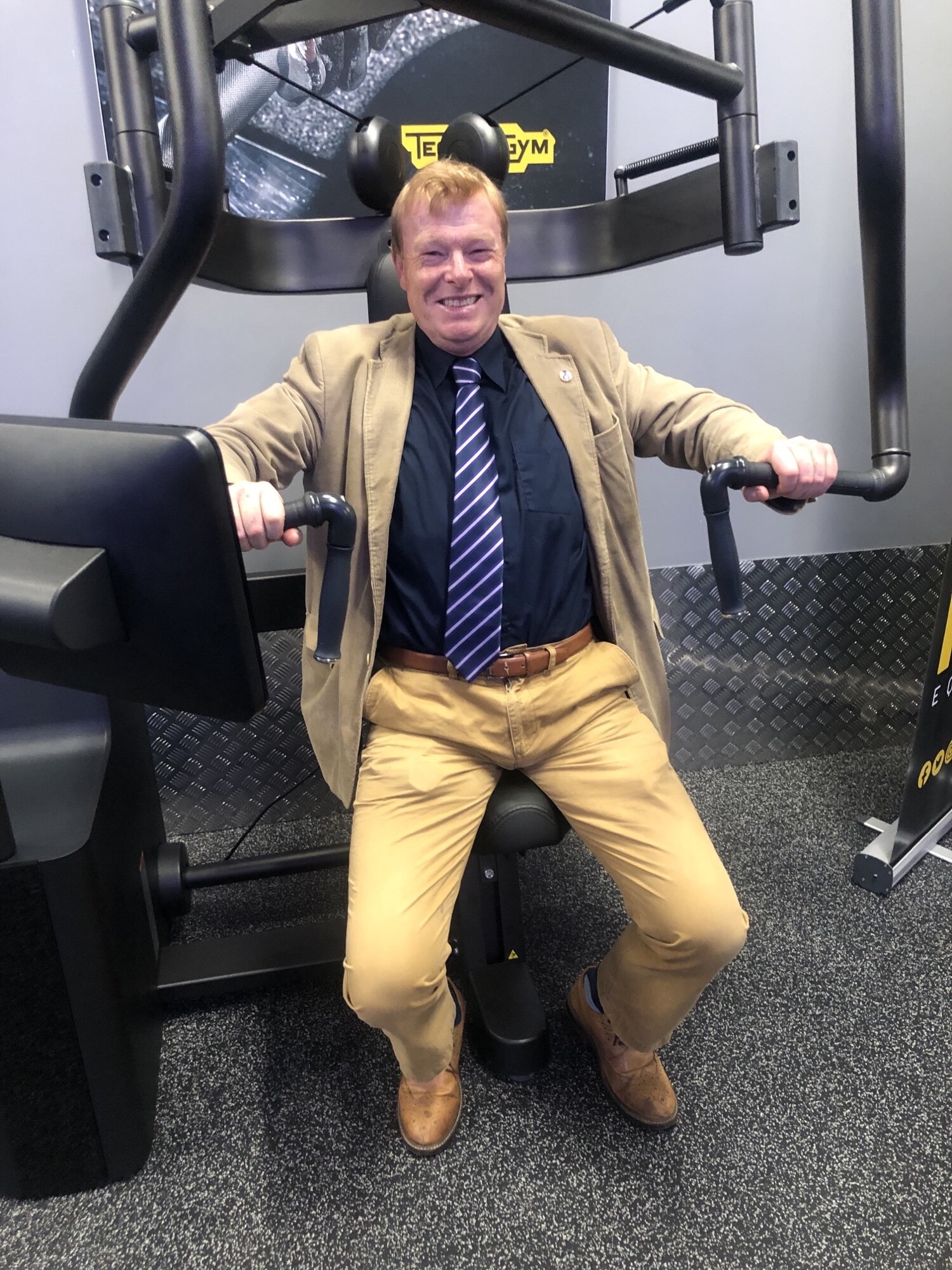 Myeloma UK
Myeloma UKHarry is more determined than ever to live a full life and make the most of each day.
“They make it very clear to you that it will come back and there’s no cure but when you get a second chance, or a third chance as I was given, you have to make the best of every day with your family, your friends, your pets,” he said.
“That’s my message. I focus on doing everything in the here and now. Every day I try to do something productive, something interesting and something fun. I don’t really make long-terms plans, but I got to see my daughter Rachel get married in May. I’m 60 at the start of next year and that would be a great milestone to reach, and I’m hoping that I can, because when I was diagnosed I didn’t think I would get to that.
“Last year we celebrated my dog’s 12th birthday and a year of me being well by climbing Tinto Hill in Lanarkshire. It was a triumph for the both of us to stand on the top of it on a beautiful sunny evening. I’m lucky to be alive.”
The councillor is now backing Myeloma UK’s Know the Warning Signs campaign.
As part of the initiative, people with myeloma are featured with yellow warning signs painted directly onto the area of their body where their symptoms first started to empower others to speak to their GP if something doesn’t feel right.
“I want to do anything I can to get people diagnosed,” Harry said.
“Nobody wants to be on this journey, but I want to give people hope. Yes, I’ve had two stem cell transplants and there have been hard times but I’m still here six years later. Not only still here but still living life to the full.”
Myeloma occurs in the bone marrow and currently affects over 33,000 people in the UK.
There are more than 2,300 people living with myeloma in Scotland.
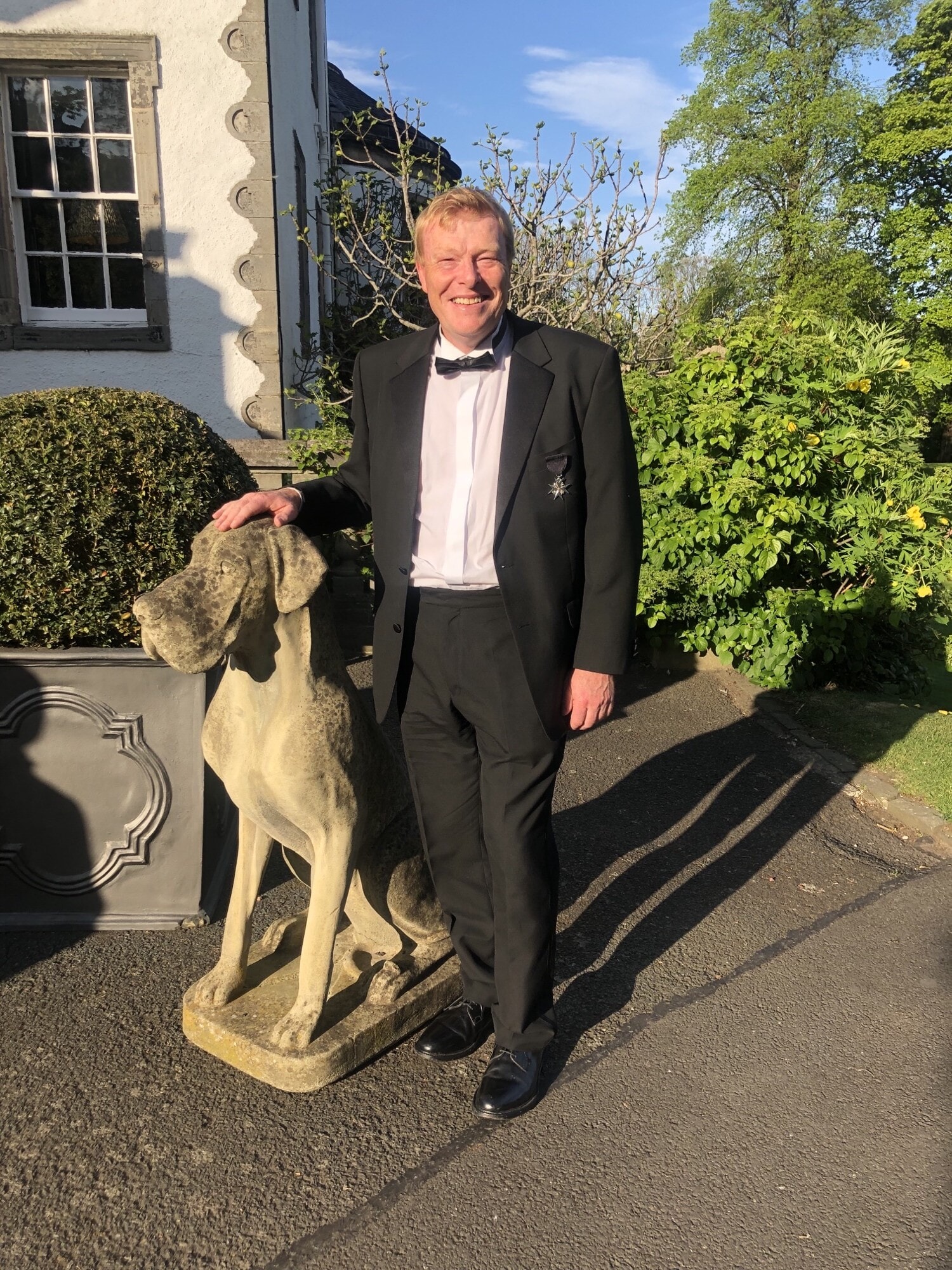 Myeloma UK
Myeloma UKThe councillor added: “If something doesn’t feel right, mention it. Get it checked.
“Less than two months before diagnosis I climbed Ben Nevis. I was an amateur athlete, so having a bit of pain didn’t stop me.
“But my back was bothering me when I did it, I was really struggling on the way down. I used to walk up Ben Nevis like it didn’t exist and I thought, ‘It must be old age kicking in’. Of course it was nothing to do with that, it was the myeloma.”
Despite being the third most common type of blood cancer, myeloma is frequently missed, as its symptoms, including back pain, easily broken bones, fatigue and recurring infection, are vague and often linked to general ageing or minor conditions.
One in four people wait more than ten months for a diagnosis. These are some of the longest delays out of any cancer in the UK.
In most cases signs of myeloma can picked up by blood tests.
Dr Sophie Castell, chief executive of Myeloma UK, said: “You wouldn’t ignore a red light on the road or a caution sign on a freshly-mopped floor, so why ignore the warning signs that your body sends you?
“Myeloma has one of the longest times to diagnosis of any cancer. One of the biggest barriers remains identifying and piecing together the symptoms quickly and before too much damage is done.
“The most important thing you can do is get your symptoms checked. We know that myeloma can be difficult to diagnose, so bring the Myeloma UK Symptom Translator with you to the GP, ask for answers and get to the bottom of what’s causing your pain, infections or fatigue.
“Know the warning signs, put your health first and help us catch myeloma earlier.”
Follow STV News on WhatsApp
Scan the QR code on your mobile device for all the latest news from around the country


 Myeloma UK
Myeloma UK






